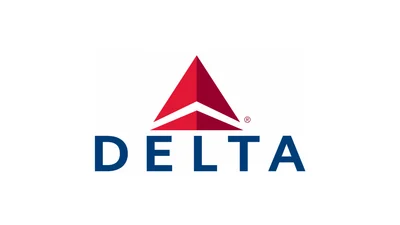In contrast, commercial airlines generally use high-bypass turbofans for larger aircraft and turboprops for regional planes. These engines focus on fuel efficiency, noise reduction, and safety due to their role in passenger transport over long distances.
Noise levels present another difference between military and commercial jet engines. Fighter jets tend to be much louder because their engine designs prioritize performance rather than community noise concerns. "Fighter jet engines are comparatively noisy, as keeping neighborhoods happy has never been a design priority for these engines." However, advancements continue toward quieter military engines as part of stealth technology efforts.
Modern commercial aircraft have become quieter through engineering improvements such as acoustic linings within nacelles and chevrons that mix hot exhaust with cooler bypass air more smoothly.
Size constraints also separate military from commercial designs. Commercial jets can use very large diameter fans—such as the GE Aerospace GE9X’s 134-inch fan—because their engines are mounted externally beneath wings. Fighter jets must keep their powerplants compact enough to fit inside fuselages.
There is some crossover between sectors regarding engine types used on certain aircraft models. Many Western military transport planes—including variants of Boeing 737s, 747s, 767s; Airbus A330s; and others—are equipped with the same or similar engine models as civilian versions. For instance, the A330 Multi-Role Tanker Transport (MRTT) can be fitted with Rolls-Royce Trent 7000 powerplants like those found on civilian A330neos.
The U.S. Air Force’s B-52 Superfortress bombers were originally designed with eight smaller turbojet engines due to technological limitations at the time but will soon receive modern Rolls-Royce BR700 family turbofans—a model developed for business jets—in an ongoing upgrade program.
Both sectors utilize turboprop technology but often apply it differently: military applications include larger transports like the C-130J Super Hercules (also available as a civil LM-100J), while civilian uses focus on regional passenger service with smaller maximum takeoff weights.
Overall, while fighter jet propulsion systems diverge sharply from those found on airliners due to differing operational needs—speed versus efficiency—there remains significant overlap among other classes of military aviation where reliability and logistical commonality offer clear advantages.
 Alerts Sign-up
Alerts Sign-up





































